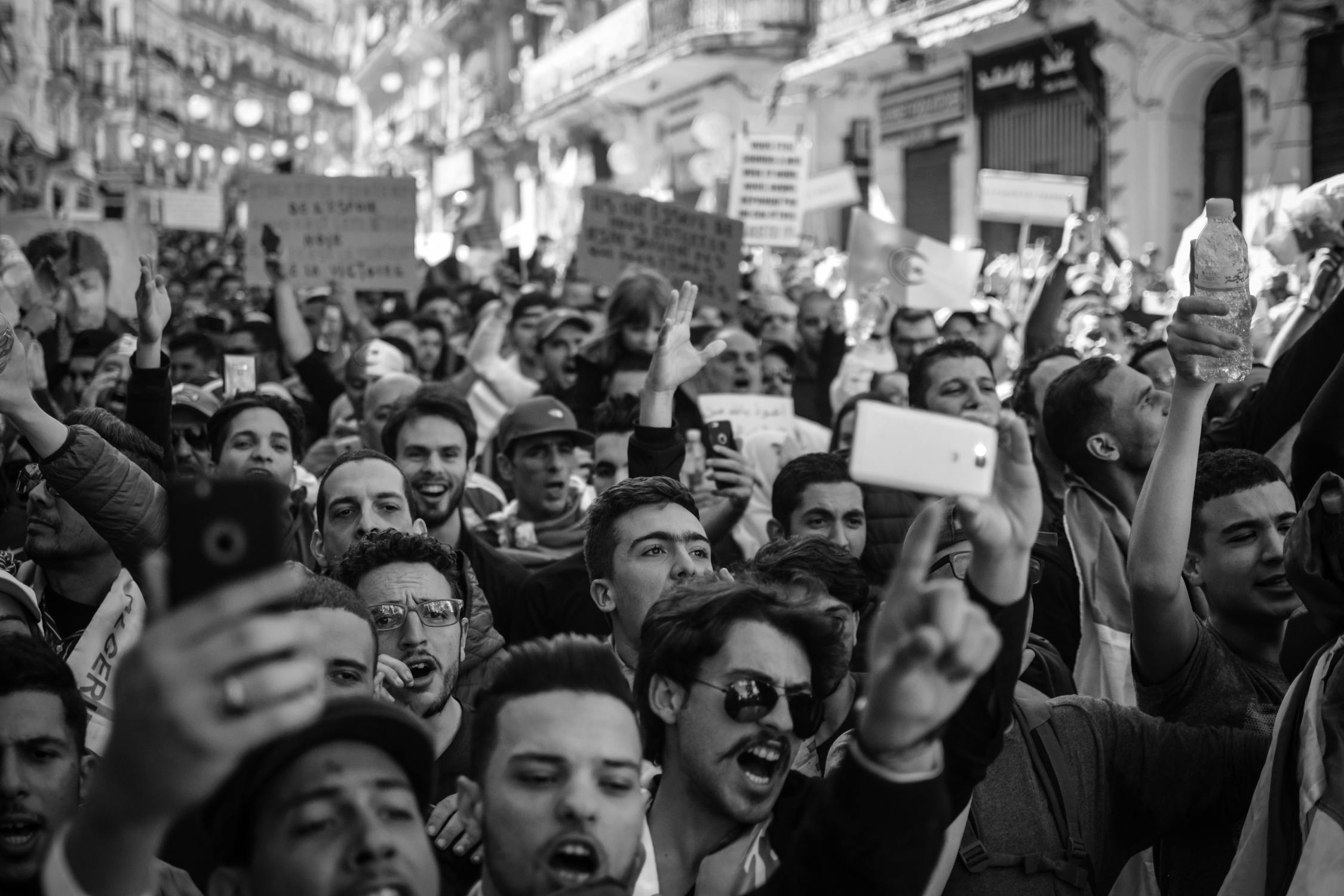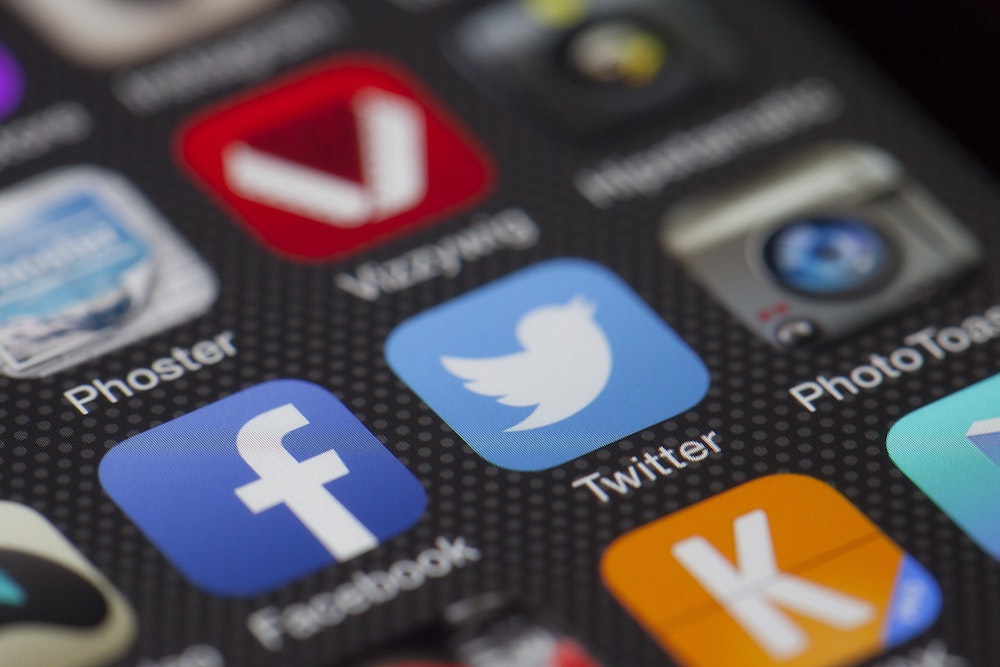Written by Constance Short
In mid-July this year Chad lifted its 16-month social media ban, ending the longest social media censorship seen in any African country (so far). The justification? It was necessary for national security – or reigning in political prowess if you ask me.
The development of social media platforms role from facilitating social networks to becoming powerful political tools is an especially momentous development in the global media system. It’s virtually impossible (pardon the pun) not to be bombarded with political messages and opinion when glued to our phones no matter where you are, with social media impacting our lives beyond our screens and transcending into politics. FaceBook and Twitter provide greater access to information than ever before and afford the potential to mobilise and challenge leadership, expanding political participation where the powerless can finally be heard, be part of government policies and have a voice.
A buzz-topic amongst political communication academics, it’s clear to see that the affordances of social media provide unparalleled opportunity for connectivity and participation. These platforms alike have encouraged political communication to become a civic forum where traditional non-power holders in the political system (i.e. voters, activists and bots) play a part in helping determine daily political discussion and action. This has challenged traditional governance through the increased ability for voters and activists to connect with like-minded individuals, engaging and empowering political movements and opinion using online and physical campaigning to achieve political change globally.
Inviting Political Participation

Global media research has determined that media consumption promotes political engagement by increasing political knowledge and perceived efficacy, guiding judgement and opinion. More so than traditional news media, many argue that social media in turn also stimulates online and offline political participation and engagement in politics. The interactive and participatory affordances of social media sites such as Facebook and Twitter have correlated to a networked public sphere – a virtual place of discussion where political opinion is formed and shared between an increasing array of institutions and individuals as access to social media globalises. This has resulted in increased political engagement and participation.
Users can engage directly with politicians and discussion by tagging their respective accounts (@ScoMo), hashtagging trending topics (#climatestrike) or posting visual content in the hope it’ll be shared or retweeted, going viral (#EggBoy). The affordances allowed by these platforms ultimately shapes political discourse and everyday discussion. An example of Australian politician, previous LNP shadow Treasurer Joe Hockey taking advantage of such functions in action was in November 2009 where he used Twitter to garner public feedback during Parliamentary debate on a policy and his own stance within his political party.
At the time of Tweet, the LNP was in the midst of bitter party infighting with Mr Hockey battling to replace embattled Liberal leader Malcolm Turnbull. He used Twitter to request feedback in the following Tweet during parliamentary debate. Receiving over 150 retweet comments, the feedback indicated a slight majority in support of the legislation and his leadership prospects, grabbing headlines across Australia and promoting his campaign within the LNP. The voter feedback provided both Australian voters and Mr Hockey the opportunity to shape political and public discussion. As described by The Age, Mr Hockey was “relying on social media to provide guidance on his future policy decisions” and to garner public discussion on his potential as LNP leader, promoting himself in the mass media as well. This is social media giving voters the role of the Fifth Estate, joining political figures in providing political communication content through the feedback of political opinion in a participatory medium.
This new role of citizens as communicative political actors in the political arena has led to voters becoming the initiators and participants of discussion in a civic forum, shaping what we think and think about taking on the role of ‘The Fifth Estate,’ a role previously exclusively held by journalists. The public’s ability to create, share and debate political content online has shifted the role of media outlets as all-knowing insiders to politics to being fellow participants in a very global political, digital discussion with often lively, openly subjective and highly critical instant feedback. Social media therefore is able to provide political actors and the mass media visible conversational trends and public sphere discussion, providing strong signals as to public political opinion.
Allowing for Alternate Facts

A locus of communication between politicians, citizens and the press, the networked spheres which are FaceBook and Twitter have also attracted targeted misinformation spread, or ‘fake news’ or infamously noted ‘alternate facts’. Exacerbated by bots, the rise of fake news presents a threat to politics as a result of the low barriers to entry of the conversation which have expanded the opportunities for mass political engagement. Within this new news media ecosystem, fake news has rapidly broadened in reach, consequence and complexity.
There is therefore an inability to monitor the legitimacy of user-generated content. Especially when operating as an alternative news source via Twitter and Facebook, user-led political content has created the channel to emergence for Trump’s favourite buzzword. Such spread of misinformation did significantly shape discussion and manipulated opinion throughout the 2016 US Election, misinforming easily- swayed voters to make uninformed political decisions. Fake news threatens the core function of news media in political communication through social media’s affordances of mass-production and sharing of falsehoods. During the 2016 US presidential election on Twitter, bots were responsible for 29% of the 30 million tweets containing a news outlet URL which pointed towards ‘outlets’ containing fake news, conspiracy theories or extremely biased news. These bots targeted influential Twitter users through replies and mentions, featuring in the feeds of tens of millions of American voters in the lead up to the 2016 US election, shaping discussion and opinion with falsehoods.
An example of this in action was the infamous PizzaGate story which began as a shifty online rumour to a circulated hashtag to gunfire. A mysterious blog post rumoured Hilary Clinton financially supported a child sex trafficking business which was run in the back of a Washington, DC pizza parlour. The fanatical false claim was enthusiastically embraced by those against the Clintons, or who believed they were pederasts (especially given Bill’s past). The sensationalized rumour was so convincing that one enraged believer actually stormed pizza parlor named with a loaded rifle, hell-bent on rescuing the kidnapped children! This proved the real threat of fake news production in politics and public safety, threatening the core functions of journalism in the sharing of falsehoods. Whilst such scandals did sway the opinion of indecisive or easily-influenced voters, it did not cause the overall election results. Unfortunately there isn’t much that can be done against persistent misinformation campaigns, however; it is advised to follow only legitimate mass media news sources on social media to avoid being misinformed.
Affording Political Activism

Affording more than a networked public sphere, social media also has contributed to the success of political protests by promoting unified messaging and facilitating mobilisation logistics. The most powerful example of this in action to-date was during the 2011 Arab Springs Egyptian Revolution, where protesters used social media as a new form of digital activism and media technology. Both Twitter and FaceBook offered protesters them unprecedented speed of information diffusion giving them the ability to mobilise en-masse. The sharing affordances of the hashtag function, FaceBook’s ‘Share’ and Twitter’s ‘Retweet’ was paramount to the movement in circulating the campaign encouraging connectivity and participation in political engagement online. Whilst social media itself was not the catalyst for the Arab Springs uprising itself nor the reason for the overthrow of Hosni Mubarak’s regime, it was a facilitating factor in the formation of collective identity politics through visual content.
The viral spread of visual content via social media from the #WeAreAllKhaledSaid campaign aimed to publicise the death of Khaled Said as a call to action in political intervention against Egypt’s dictatorship led by police brutality. The graphic imagery circulated of Said’s post-mortem disfigurement in the campaign sparked moral outrage, understanding and feelings of indignation throughout Egypt, drawing political participation through word of mouth activism via social media’s affordance. Collectively, social media use of #WeAreAllKhaledSaid and imagery provided unparalleled opportunity for hundreds of thousands of activists to schedule and coordinate the mobilisation of #Jan25 Tahrir Square protest in real time and across borders. Social media provided a conduit for collective identity political activism and communication across Egypt, mobilising activists with the “hope of the possibility of change.” No wonder the Chad Government is scared.
The Future
The ability for citizens to express themselves openly and contribute to political discourse has hallmarked the influence and power social media has. At the same time, pendulums do shift and digital media technology will continue to evolve, as will social media (or potential it’s demise). These global political trends will continue to spark change and offer hope for the future, enabling citizens to shape their own futures, and potentially their country’s too.

